Infrastructures and Research Facilities
The Helmholtz programs operate long-term funded research facilities, some of which are unique in the world, which are sustainably used and makes them available to external experts, including those from industry. With these attractive infrastructures, the KIT is an important partner for research institutions from all over the world, universities in the regional, national and international environment as well as companies.
The activities of the Materials and Technologies for the Energy Transition Program are supported by infrastructures along the whole innovation chain in the fields materials design and technology development.
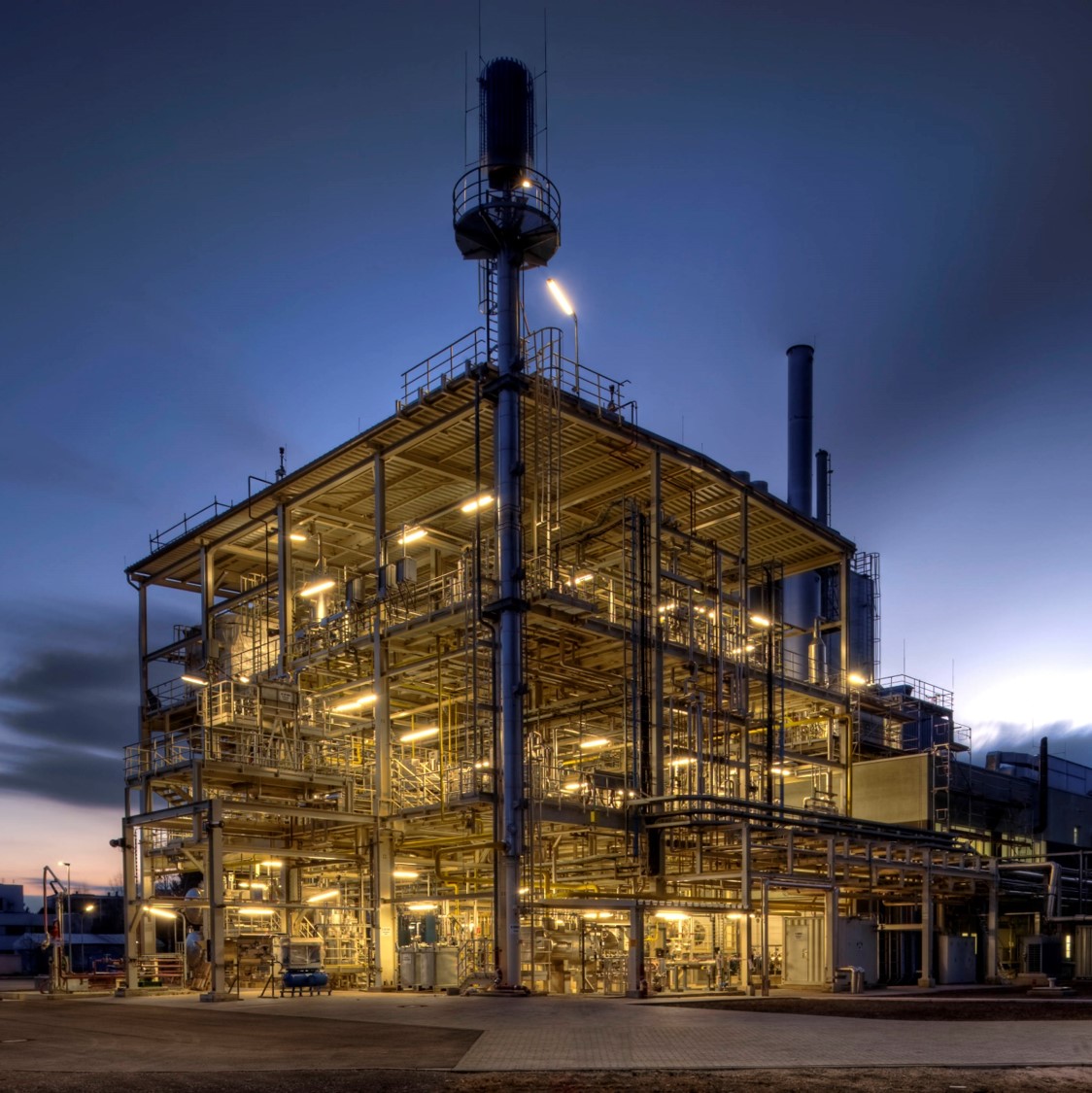
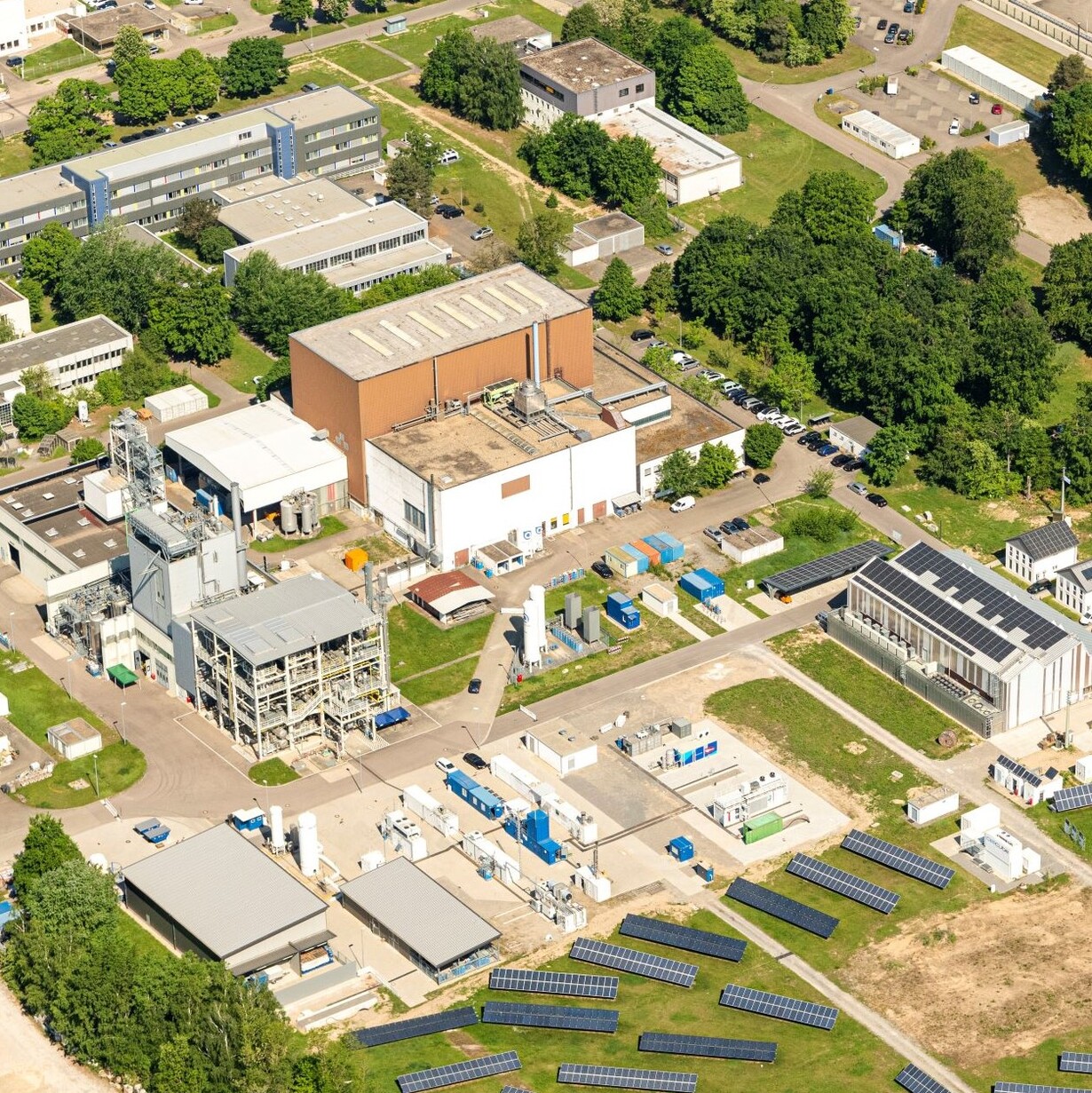
... is used to investigate the intelligent linking of various energy generation, storage and supply options.
more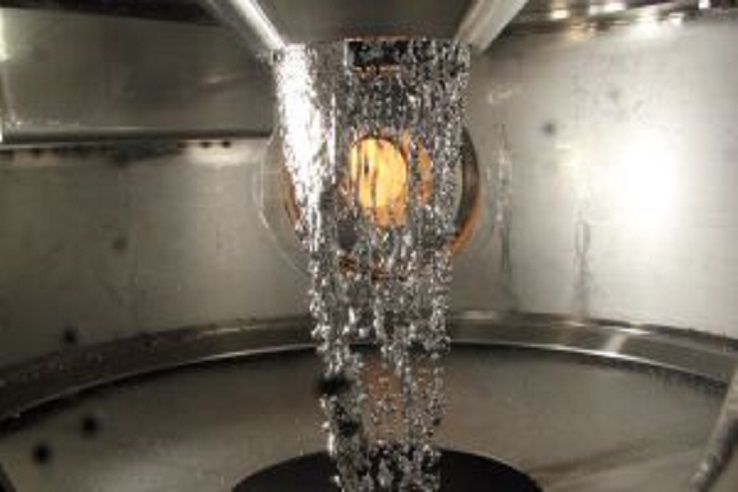
LIMCKA combines simulations & experiments dedicated to liquid metals covering thermal hydraulics, technology development for HT application, material research & development.
more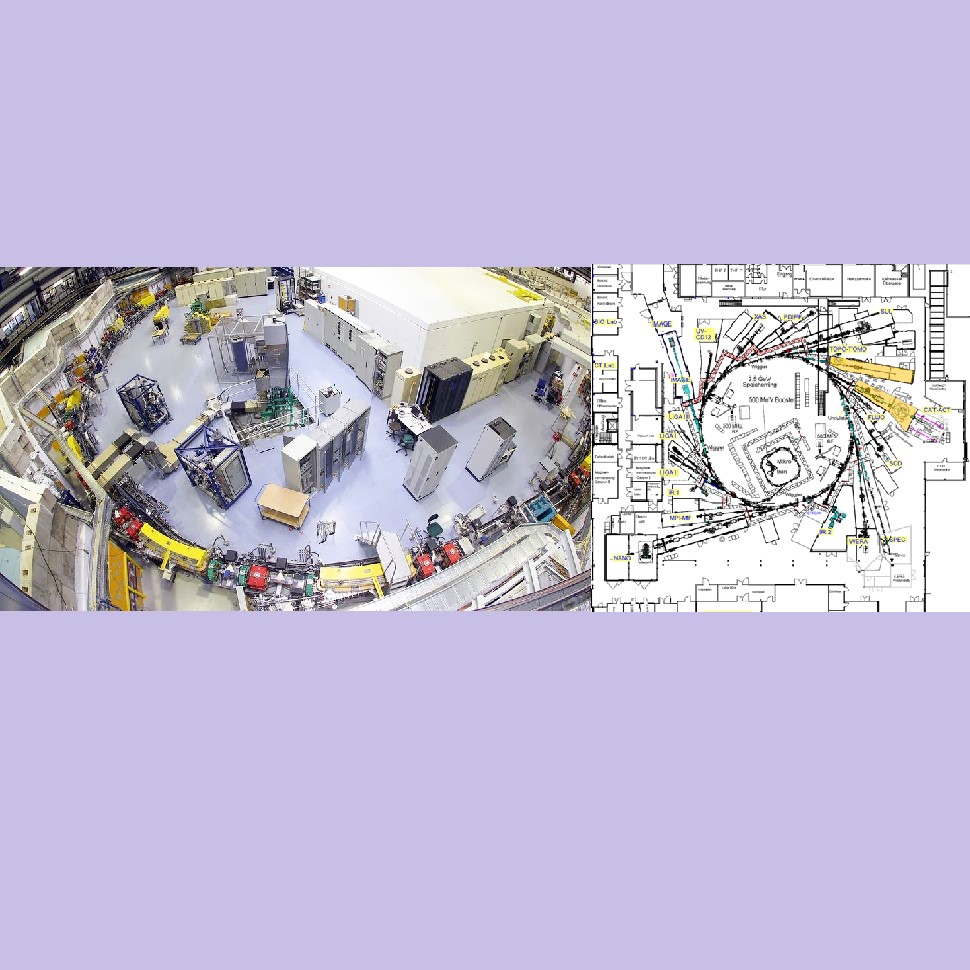
provides synchrotron radiation, e.g. IKFT and ITCP do research catalysis with X-ray spectroscopy at the CAT lab and CAT-ACT beamline.
Learn more!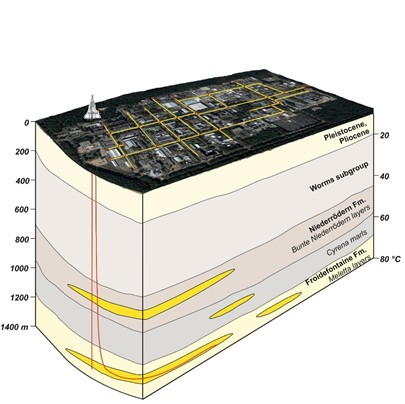
MTET Research Activities & Infrastructures
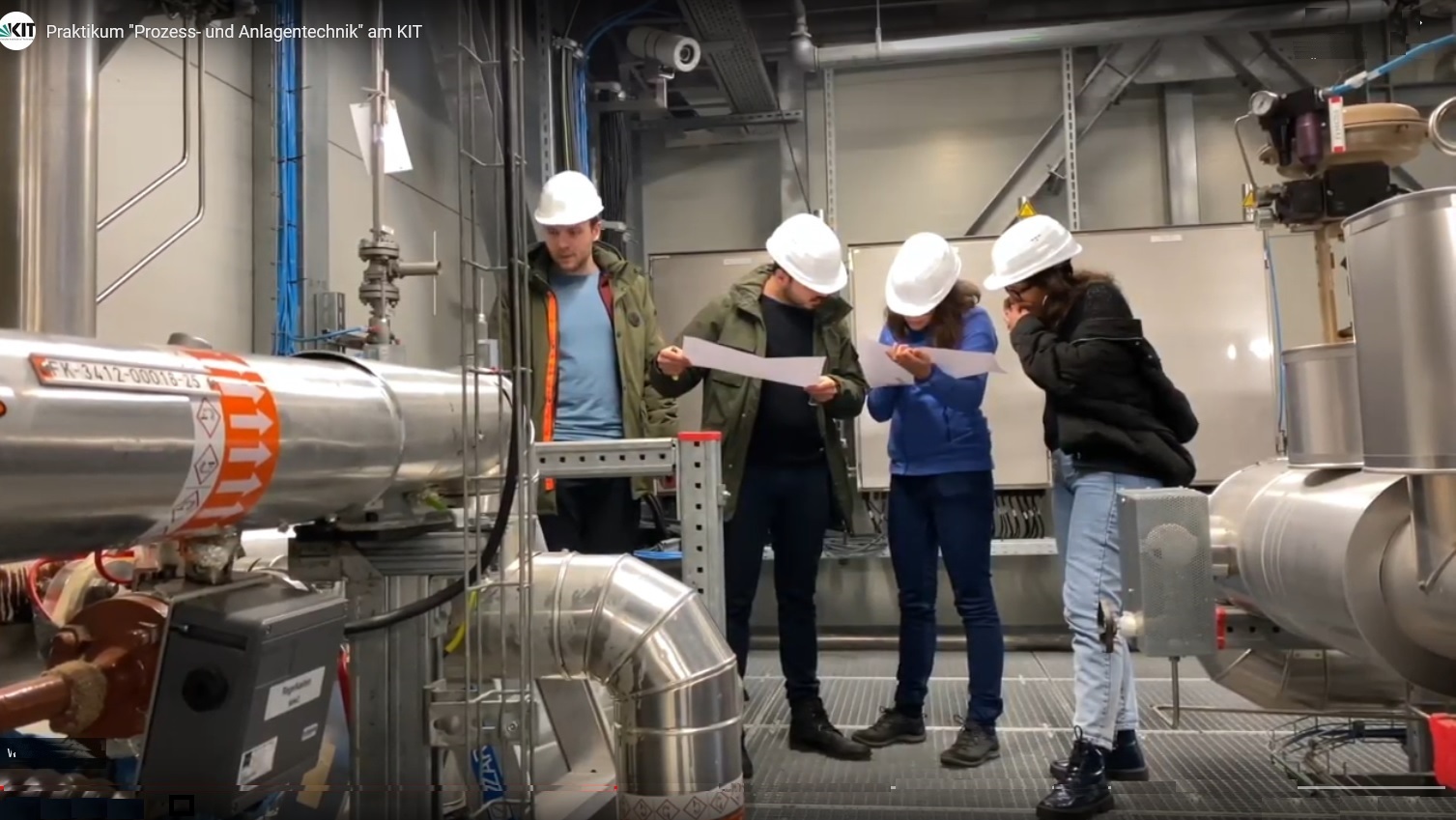
By loading you accept YouTube's privacy policy.
About 240 students of chemical and bioengineering undergo the "Process and Plant Engineering" practical course per year!
All students of chemical and bioengineering undergo the "Process and Plant Engineering" practical course in their first master's semester at KIT; about 240 students attend it per year. Here, they work for the first time at the large-scale bioliq plant at KIT's North Campus - a pilot-scale plant in which fuel is produced from biomass. Here, they practically apply the tools of plant and process engineering, such as process control systems and piping and instrument flow diagrams, which they had previously only worked out in theory.
